How to Become a Professional Cyclist
Although the main goal of cycling should be to have fun, you can also pursue a career as a professional cyclist. Professional cyclists compete in races such as the Giro d'Italia, the Tour de France, and other events across the globe to see...
Part 1 of 4:
Preparing Your Body
-
 Cycle every day. Training and experience are the foundations of any sport, and for a professional cyclist, this means making lots of miles on the road. On average, you should train at least 2 hours a day for 6 days a week if you want to become a professional cyclist. If the weather is too cold to cycle outside, train on a stationary bike in a gym or at home.
Cycle every day. Training and experience are the foundations of any sport, and for a professional cyclist, this means making lots of miles on the road. On average, you should train at least 2 hours a day for 6 days a week if you want to become a professional cyclist. If the weather is too cold to cycle outside, train on a stationary bike in a gym or at home.- Training for pro cycling usually takes up about 4 to 6 hours a day, though sometimes that might include time spent at the gym doing weights and building strength.
-
 Build your strength. Do a 60-minute strength-training workout a couple of times a week to build your muscles, specifically your leg and core muscles. You will generally need to be in great shape, with lots of lean muscle.
Build your strength. Do a 60-minute strength-training workout a couple of times a week to build your muscles, specifically your leg and core muscles. You will generally need to be in great shape, with lots of lean muscle.- Good example exercises include squats, leg curls, and lunges.
-
 Eat right to fuel your workouts. You'll need to eat right to maintain your body through the grueling challenges of the sport. Get all of the nutrients your body needs, both at home and during a race, to help your body keep up.
Eat right to fuel your workouts. You'll need to eat right to maintain your body through the grueling challenges of the sport. Get all of the nutrients your body needs, both at home and during a race, to help your body keep up.- Your diet should be rich in fruits and vegetables, as well as carbs and lean protein.
-
 Increase your power by using tools and adding resistance. Pro cyclists need to be able to chug up a hill even when the end of a race is near and their body is already tired. Work on increasing your power so that you can cope with situations like these. Add resistance to your cycling sessions and use a heart rate monitor or cycling compute to ensure that you are staying within your target heart rate zone. Some good ways to add resistance include:[1]
Increase your power by using tools and adding resistance. Pro cyclists need to be able to chug up a hill even when the end of a race is near and their body is already tired. Work on increasing your power so that you can cope with situations like these. Add resistance to your cycling sessions and use a heart rate monitor or cycling compute to ensure that you are staying within your target heart rate zone. Some good ways to add resistance include:[1]- Riding up a hill
- Riding into the wind
- Changing to a larger gear
Part 2 of 4:
Participating in the Community
- Familiarize yourself with UCI rules. The Union Cyclist Internationale (UCI) is the organization that runs most competitive bike races. Learn the rules for the type of event you want to complete before you start getting involved in races. This will give you a better understanding of what is and is not acceptable in the competitive cycling world.[2]
-
 Start as young as you can. If possible, join a high school or college team to get a leg up on the industry. Not only will this help you develop the skills and strength that you need to succeed, but it will help you help get your name out there in the community. You'll have the head start you need and friends in all the right places.
Start as young as you can. If possible, join a high school or college team to get a leg up on the industry. Not only will this help you develop the skills and strength that you need to succeed, but it will help you help get your name out there in the community. You'll have the head start you need and friends in all the right places.- You'll have to start young in general though, as the US has rules stipulating age for cyclists in some races.
-
 Cycle with others. Join a local cycling club and participate in weekly trainings. This will help motivate you and also give you the opportunity to learn from others. You can find local groups by searching internet forums, checking with your local gym, or looking through your local parks and recreation department.
Cycle with others. Join a local cycling club and participate in weekly trainings. This will help motivate you and also give you the opportunity to learn from others. You can find local groups by searching internet forums, checking with your local gym, or looking through your local parks and recreation department. -
 Have friends that cycle too. The pro cycling life can get very lonely. You'll have intense schedules and very little free time. If you want to maintain a social life, you'll want friends who are right there with you.
Have friends that cycle too. The pro cycling life can get very lonely. You'll have intense schedules and very little free time. If you want to maintain a social life, you'll want friends who are right there with you. -
 Ride with people who are better than you. You will feel the need to rise to the challenge, the sense of competition helping to push you harder down the road.[3]
Ride with people who are better than you. You will feel the need to rise to the challenge, the sense of competition helping to push you harder down the road.[3]
Part 3 of 4:
Improving Your Technique
-
 Find a coach to help you improve your times and technique. Sometimes you can find a good coach through your cycling club, but you can also look through the classifieds in cycling magazines. A good coach can help you break your own time records, build your endurance and speed, and improve your technique when racing against others. An experienced coach can also give you advice about the best nutrition for endurance sports and advise you on the best equipment.
Find a coach to help you improve your times and technique. Sometimes you can find a good coach through your cycling club, but you can also look through the classifieds in cycling magazines. A good coach can help you break your own time records, build your endurance and speed, and improve your technique when racing against others. An experienced coach can also give you advice about the best nutrition for endurance sports and advise you on the best equipment. -
 Get the lay of the land. Analyze each race to see what you can improve on in terms of technique, equipment or physical stamina. Look at the track and see what challenges you're going to have to face, and what you need in order to deal with them! You can also look at videos of racers that you know you'll be competing against, if you can find them, to see how they handle similar challenges.
Get the lay of the land. Analyze each race to see what you can improve on in terms of technique, equipment or physical stamina. Look at the track and see what challenges you're going to have to face, and what you need in order to deal with them! You can also look at videos of racers that you know you'll be competing against, if you can find them, to see how they handle similar challenges. -
 Take a page from the pro's book. Study professional cyclists to learn how they train and eat, and what their techniques and racing strategies are. You'll notice patterns in terms of how they approach a race and work with other cyclists in their teams. Adopt the techniques that work for you.
Take a page from the pro's book. Study professional cyclists to learn how they train and eat, and what their techniques and racing strategies are. You'll notice patterns in terms of how they approach a race and work with other cyclists in their teams. Adopt the techniques that work for you. -
 Practice key skills. Key biking skills, like descending and cornering, can mean the difference between success and failure. Practice these key skills by taking routes that include these features when you practice.[4]
Practice key skills. Key biking skills, like descending and cornering, can mean the difference between success and failure. Practice these key skills by taking routes that include these features when you practice.[4] - Select an event that you want to specialize in. There are several different types of cycling events, and finding your niche can help you to set yourself apart. Find a coach who can help you to develop your skills in your chosen event.[5]
- For example, you could focus on time trials, criteriums, or stage races if you are a road racer.
- You could specialize in downhill, enduro, or cross country if you are a mountain bike racer.
- Or, if prefer to race on a track (aka a velodrome), then you might participate in sprint, pursuit, or scratch races.
Part 4 of 4:
Going Pro
-
 Ensure that you have a flexible job to support your cycling. It is difficult to make money as a pro cyclist, but some people manage to do so for a while. Pro teams usually only pay for equipment and travel. Even the payout for major races is actually pretty low. Choose a flexible job that will work with your training and race schedule.
Ensure that you have a flexible job to support your cycling. It is difficult to make money as a pro cyclist, but some people manage to do so for a while. Pro teams usually only pay for equipment and travel. Even the payout for major races is actually pretty low. Choose a flexible job that will work with your training and race schedule.- Teaching is a profession that may lend itself to cycling, since you'll have summers off, which is when most of the season takes place.
- You might also consider working in a bike shop so that you can interact with other people who love the sport.
-
 Enter local races. Performing well at local events will help build your technique, confidence, and reputation. If you're entering with other members of your local club, be sure to work with them to dominate the racecourse. Look for local races by searching websites like Active.com or the official cycling website for your country.
Enter local races. Performing well at local events will help build your technique, confidence, and reputation. If you're entering with other members of your local club, be sure to work with them to dominate the racecourse. Look for local races by searching websites like Active.com or the official cycling website for your country. -
 Find a sponsor. Though professional cyclists train extremely hard (like all other professional sports) the financial rewards associated with winning are much lower than those in professional baseball, football, basketball or ice hockey. As such, sponsorship is an important part of becoming a professional cyclist as the amount of cash available will determine the quality of equipment, coaching, and medical care you will have.
Find a sponsor. Though professional cyclists train extremely hard (like all other professional sports) the financial rewards associated with winning are much lower than those in professional baseball, football, basketball or ice hockey. As such, sponsorship is an important part of becoming a professional cyclist as the amount of cash available will determine the quality of equipment, coaching, and medical care you will have.- Though sponsors usually don't donate as much cash in the amateur leagues as they do for professional cyclists, having a sponsor can make a difference in covering the costs of equipment, training, and travel. It's difficult to do, but worth trying all the same.
-
 Enter in bigger contests as you become better and faster. The more attention you get in amateur contests, the more chance you stand of catching the eye of a scout for a professional team.
Enter in bigger contests as you become better and faster. The more attention you get in amateur contests, the more chance you stand of catching the eye of a scout for a professional team.- At the USA Cycling website, you can research events per state and find which you are qualified to enter.
-
 Hope to meet a scout. If you're very lucky, you may end up cycling in an event where a scout will be searching for new talent. If you catch their eye, take the opportunity. Try out when a scout for a professional team asks you to compete for a professional team.
Hope to meet a scout. If you're very lucky, you may end up cycling in an event where a scout will be searching for new talent. If you catch their eye, take the opportunity. Try out when a scout for a professional team asks you to compete for a professional team. -
 Accept offers. Accept an offer to ride for a professional team, should you be lucky enough to get one. Good luck!
Accept offers. Accept an offer to ride for a professional team, should you be lucky enough to get one. Good luck!
4.5 ★ | 2 Vote
You should read it
- See the fastest bikes on the planet at the 2017 Tour de France
- Roll 7 common cycling injuries
- How to Avoid Lower Back Pain While Cycling
- 9 pros and cons of using a local LLM
- Japanese girl lost 18 kg in 6 months by cycling to work
- How does Google determine local rankings?
- Steps on how to create a local user account in Windows 10
- How to reset Local Group Policy settings on Windows 10
- Fix Service Host Local System status using multiple CPUs in Windows 10
- How to Refresh IP Address
- How to fix a local account error cannot open Windows 10 application
- 4 tips to open Local Group Policy Editor on Windows 8 / 8.1
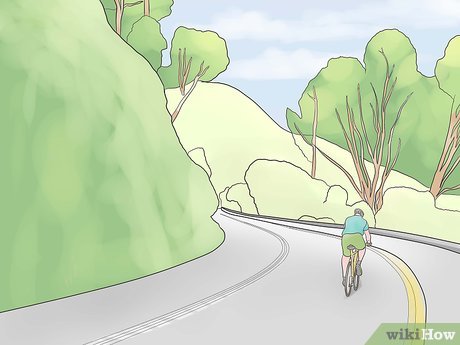
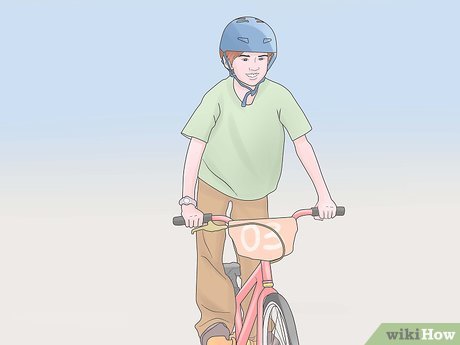
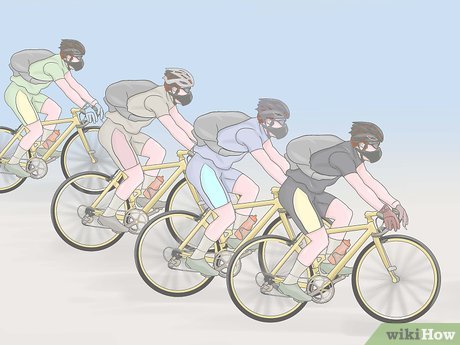
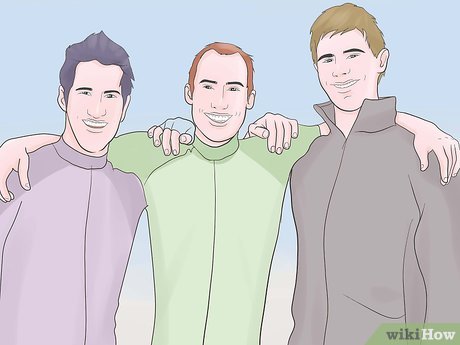
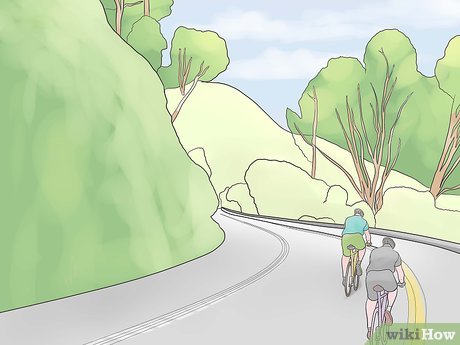
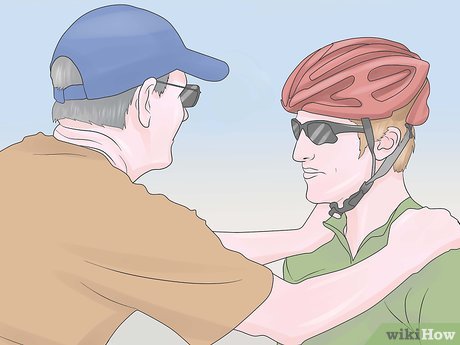
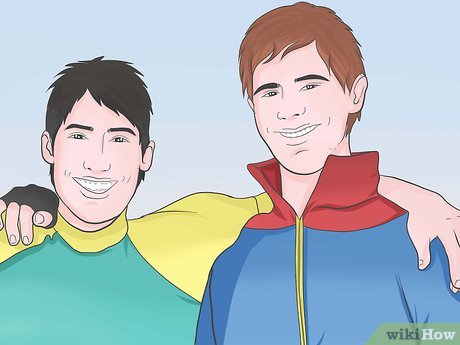
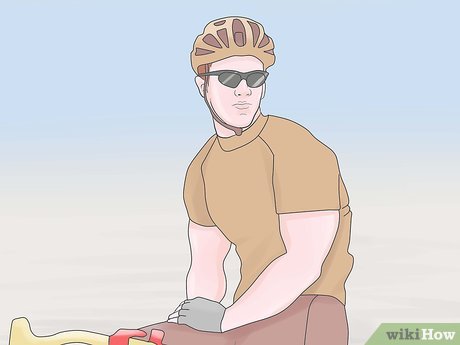
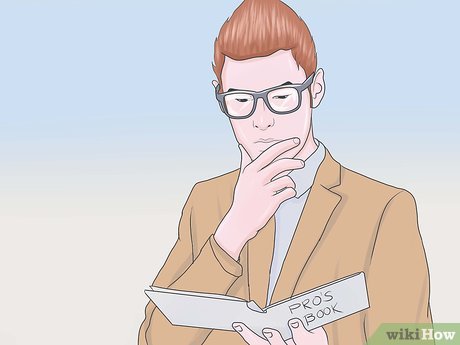
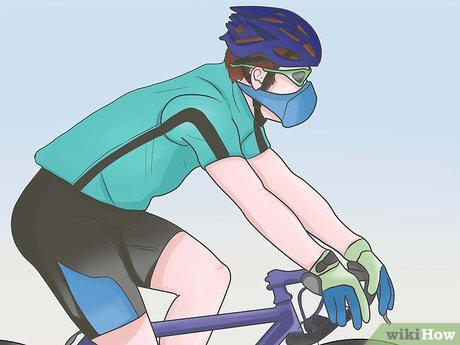
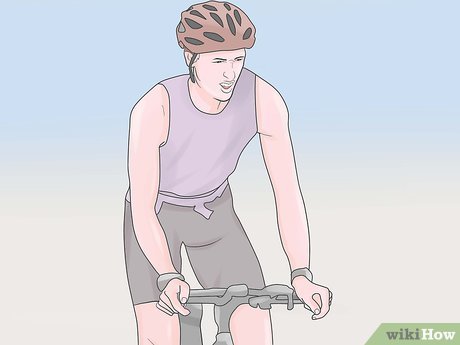
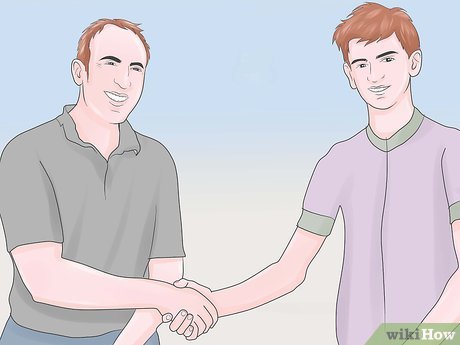
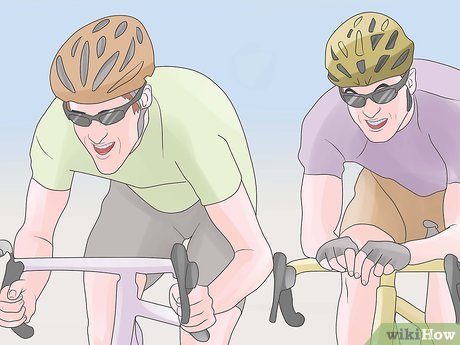
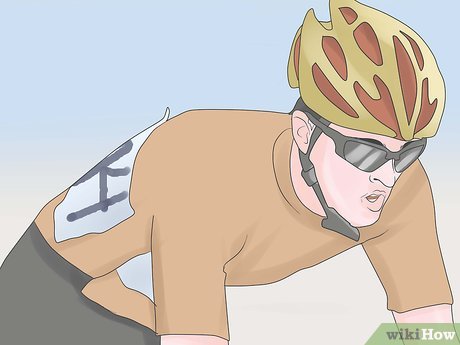
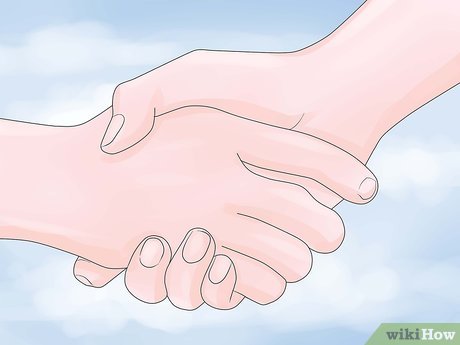






 Sony launches Xperia 1 Professional Edition, supports LAN connectivity, priced at 30 million
Sony launches Xperia 1 Professional Edition, supports LAN connectivity, priced at 30 million To become a professional at the office, do these 6 things
To become a professional at the office, do these 6 things The secret of choosing professional clothes for the public in summer
The secret of choosing professional clothes for the public in summer How to Clean Chainrings
How to Clean Chainrings Download and try Office 2013 Professional Plus for free for 60 days
Download and try Office 2013 Professional Plus for free for 60 days 99+ Professional Slide Wallpaper
99+ Professional Slide Wallpaper